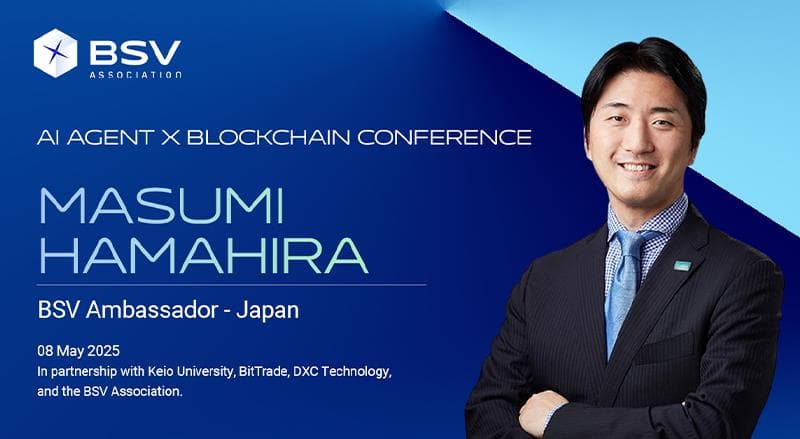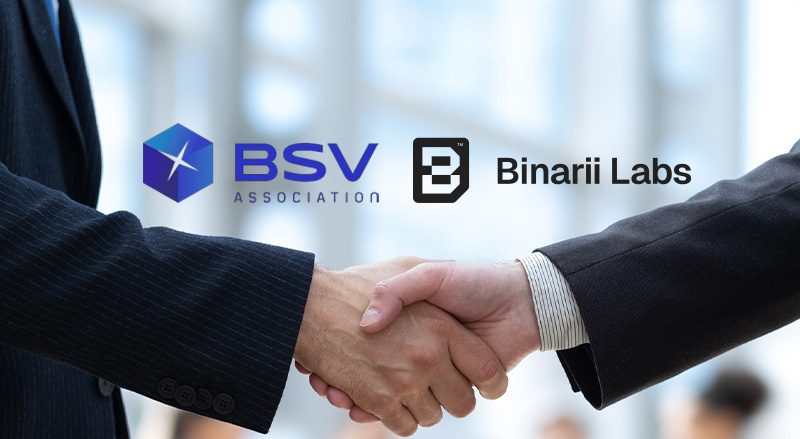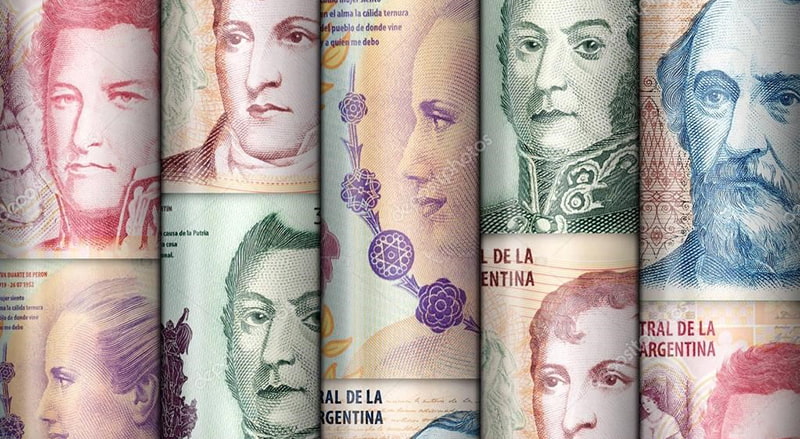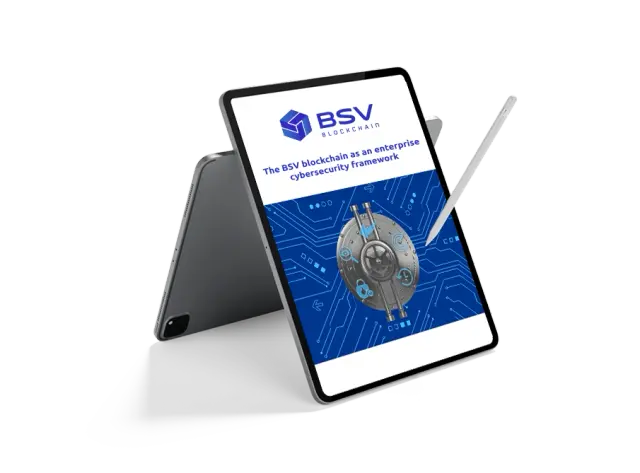Blockchain adoption is key to developing a Web3 Internet, but several challenges need to be addressed before this idealised future comes to pass. Chief among these is a rise in competing blockchain platforms.
Notably, the abundance of disconnected, non-interoperable databases does little to improve the quality of information available to businesses on a large scale. This is the view of Owen Vaughan (Chief Science Officer at nChain) speaking at the recent London Blockchain Conference.
In his presentation, Vaughan traces the evolution of blockchain, highlighting its advancements and the significant challenges posed by multiple competing ledgers. He outlined these challenges’ opportunities and discussed the potential for developing a unified approach to operating across different blockchains.
In the beginning – and where we are now
‘In the beginning, the world was dark. Because there was no blockchain. But in 2008, Bitcoin came along. A zero-to-one technology,’ he said. ‘Before Bitcoin, we had nothing that could do what a blockchain could do.
‘After Bitcoin, we had everything we needed. A decentralised digital money system with a fixed monetary supply. We have programmable money. A publicly available permissionless database to store everything you need.’
Vaughan noted that even at these early stages there were some offshoots – such as Litecoin and Ripple – but that these were still fundamentally based on Bitcoin technology. Since then there has been an exponential rise in altcoins: Ethereum, known for its smart contract functionality; Cardano, one of the pioneering proof-of-stake (PoS) blockchains; and the emergence of privacy-focused coins like ZCash. Now, in 2024, there are over 1,000 blockchains in existence, ‘ he said.
While this may not seem like an obvious problem, it does create issues when it comes to payments. He gave an example of a recent trip he took to Argentina where he paid vendors using a stablecoin. While this system largely worked as intended he highlighted one instance where one of the vendors reported they hadn’t received payment for their services. Upon investigating, Vaughan realised he had mistakenly sent a derivative of the stablecoin, causing the funds to be directed to an address the vendor didn’t control.
This highlights the importance of clarity and certainty when transacting and why it is necessary to see some consolidation in the blockchain space.
A system built on trust
While there is no strict definition of a Web3 Internet, Vaughan noted that most definitions are typically made of the same core values:
- Security;
- Data ownership;
- Direct exchange of value.
‘These are deeply human-centred concepts, and I believe they resonate with all of us as we work to build Web3. But the crucial point is that Web3 depends on blockchain technology,’ he said.
He again pointed to the problem of having too many blockchains. Currently, interoperability between chains is managed through bridges, he said. If you want to transfer an asset from one blockchain to another, you must move it to a bridge, then transfer it off the bridge to the target blockchain.
In effect, this tries to address the problem of two blockchains by adding a third intermediary—something Vaughan believes is not a viable solution as it involves locking, swapping, and burning assets in the process.
A Universal Blockchain Asset
To address these issues, Vaughan and his team at nChain have developed Universal Blockchain Assets. This is a novel protocol for issuing and transferring tokens across blockchains without the need for a trusted third party or cross-chain bridge.
In this scheme, the blockchain is used for double-spend protection only, while the authorisation of token transfers is performed off-chain. Due to the universality of this approach, it works in almost all blockchain settings.
It can be implemented immediately on UTXO blockchains such as BSV blockchain without modification, and account-based blockchains such as Ethereum by introducing a smart contract that mimics the properties of a UTXO.
You can read Vaughan’s paper and more about the technology here.






